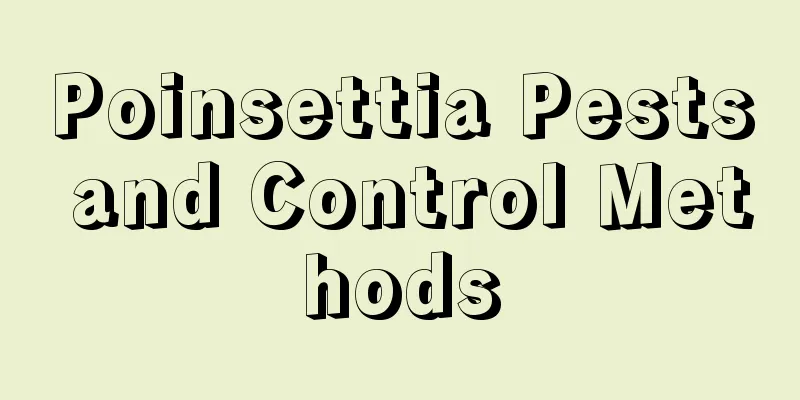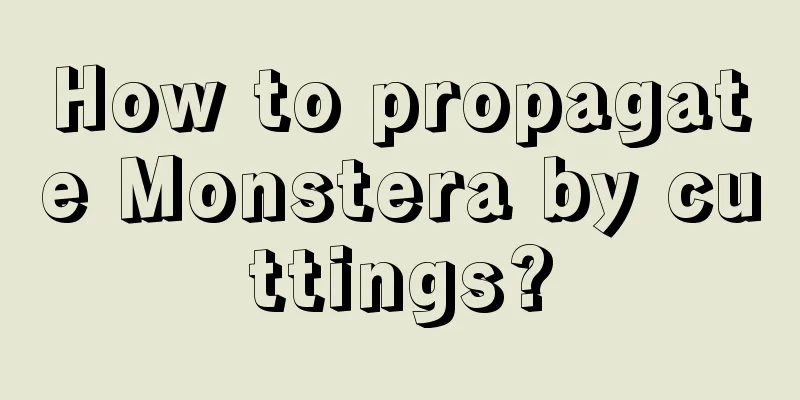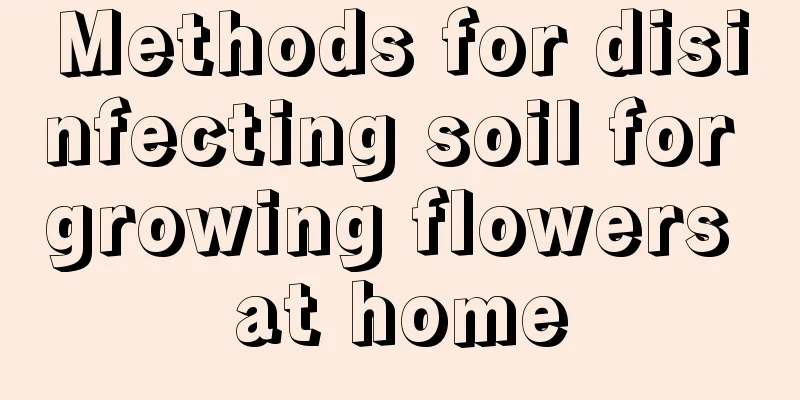Poinsettia Pests and Control Methods

Poinsettia WhiteflyWhiteflies like to live in shaded environments with dense branches and leaves. They live in groups on the back of leaves and suck sap with their piercing-sucking mouthparts, causing the leaves to fade or develop spots, affecting the photosynthesis of the plants and leading to poor plant growth. The secretions of insect eggs may also cause sooty mold disease. The peak period of whitefly infestation is from late September to late November. The best time for prevention and control is late September, when pesticides can be used between 6 and 10 in the morning. In addition, when there are fewer insects, you can directly remove the leaves and then spray them with fungicides. Poinsettia spider miteLeaf mites are what we often call red spider mites, which are common pests of home potted plants. The peak season is from March to June and from September to November. Mites or nymphs like to live on the back of old leaves, and the affected leaves have yellow spots. In severe cases, spider mites can cause damage to the plants, causing them to wither and become barren. During the maintenance process, check the back of the leaves frequently to detect insect eggs early, remove the leaves, and move the plant to a sunny place. When there are many insect pests, you can spray pesticides to prevent and control them. Poinsettia ThripsThe parts of the plant that are harmed by thrips include buds, leaves, and flowers, especially young leaves and new shoots, which are most severely affected, causing the plants to develop poorly. The white spots on both sides of the main veins of the leaves can be used to identify the harmful characteristics of thrips. Damaged leaves cause white or brown spots, and in severe cases, the leaves become twisted and deformed. The flowers are damaged and deformed. When pests are discovered, kill them promptly or spray them with pesticides once every 3 to 5 days until they are completely eliminated. |
Recommend
What are the cultivation methods and precautions of Yunsong?
Yunsong Introduction Yunsong is also known as Yun...
Is the sweet-scented osmanthus tree suitable for planting in the north?
1. Is it suitable? Osmanthus trees can be planted...
What to do if daffodil leaves turn yellow
Reasons for yellowing daffodil leaves If the leav...
Is African ice grass edible? How to eat?
Is African ice grass edible? I can tell you witho...
The history of the development of preserved flowers
The development of preserved flowers in Japan Fro...
When is the right time to sow astragalus
Suitable time for sowing Chinese milk vetch Astra...
How to trim carnations to look good
When is the right time to prune carnations? Carna...
How to grow cymbidium in winter and during flowering period
1. Temperature Cymbidium orchid likes coolness, a...
When is the best time to transplant cactus?
Cactus transplanting is generally carried out in ...
The difference between Chinese toon and Koelreuteria paniculata
1. Difference of blades The leaves of the Chinese...
How to eat snake fruit
How to eat snake fruit Eat raw Wash the purchased...
How to grow crispy duck until it overflows the pot?
Succulent Crispy Duck is a plant well known to su...
How to grow cabbage?
Cabbage , known as the "king of vegetables &...
Common diseases of king protea and their prevention and treatment methods
Common diseases of King Protea: root rot Symptoms...
What to do about crabapple leaf rust? What's wrong with dry leaves?
1. What to do about leaf rust Rust disease is mor...









